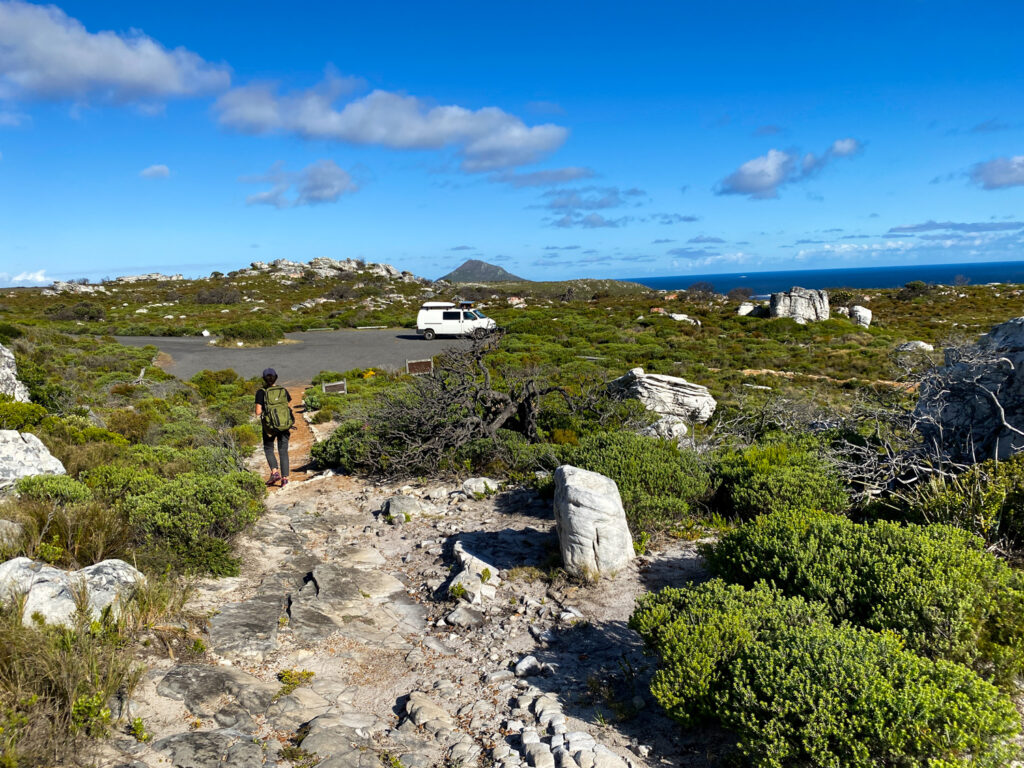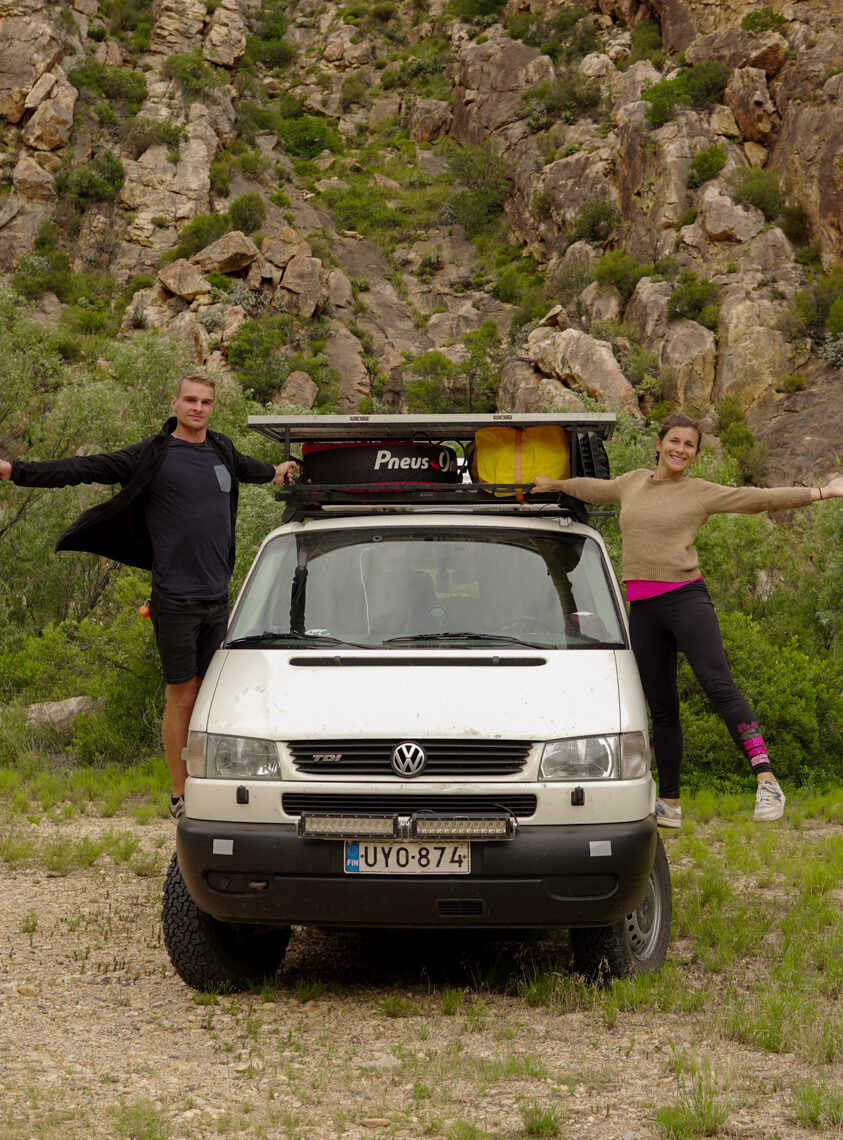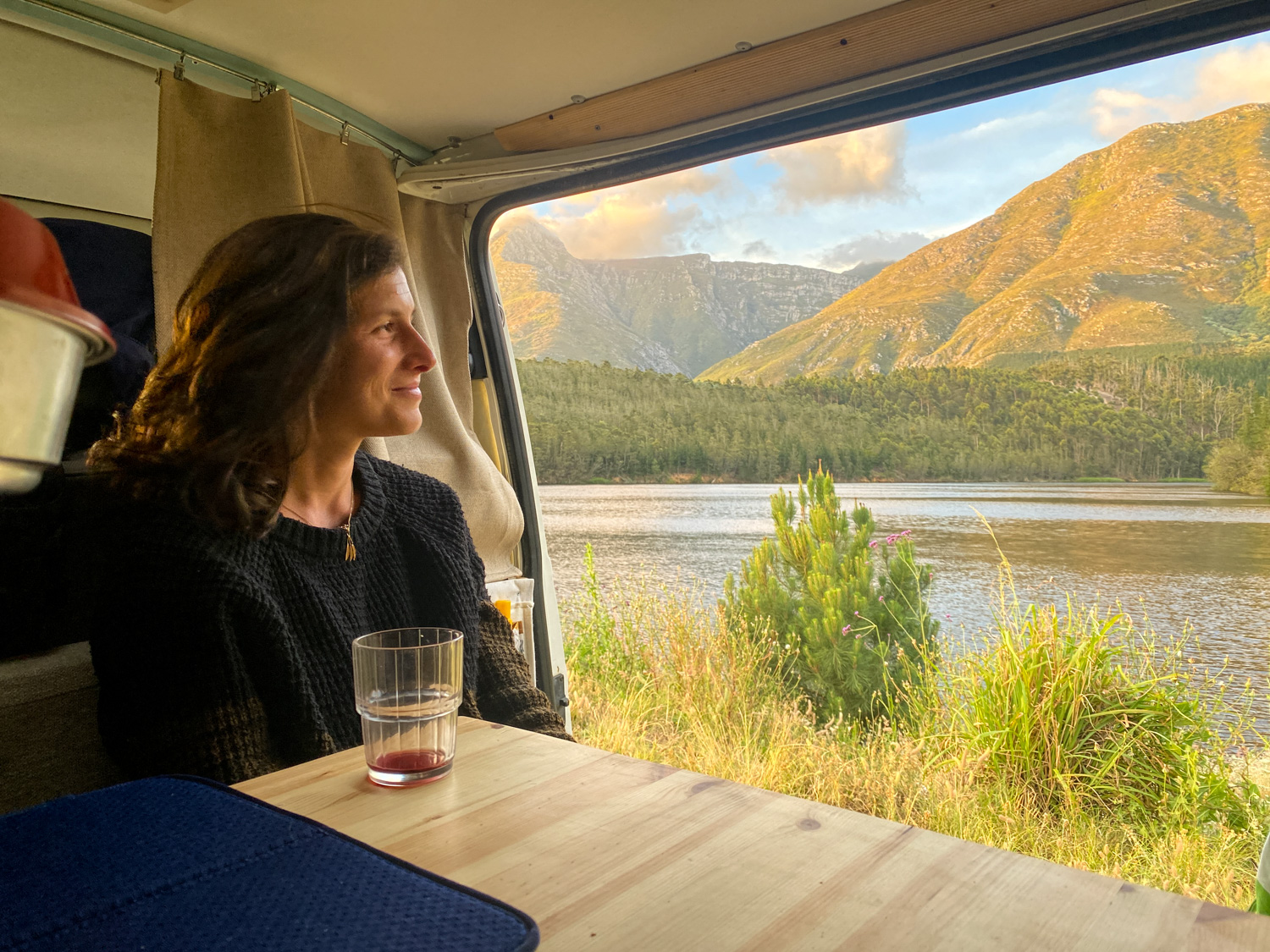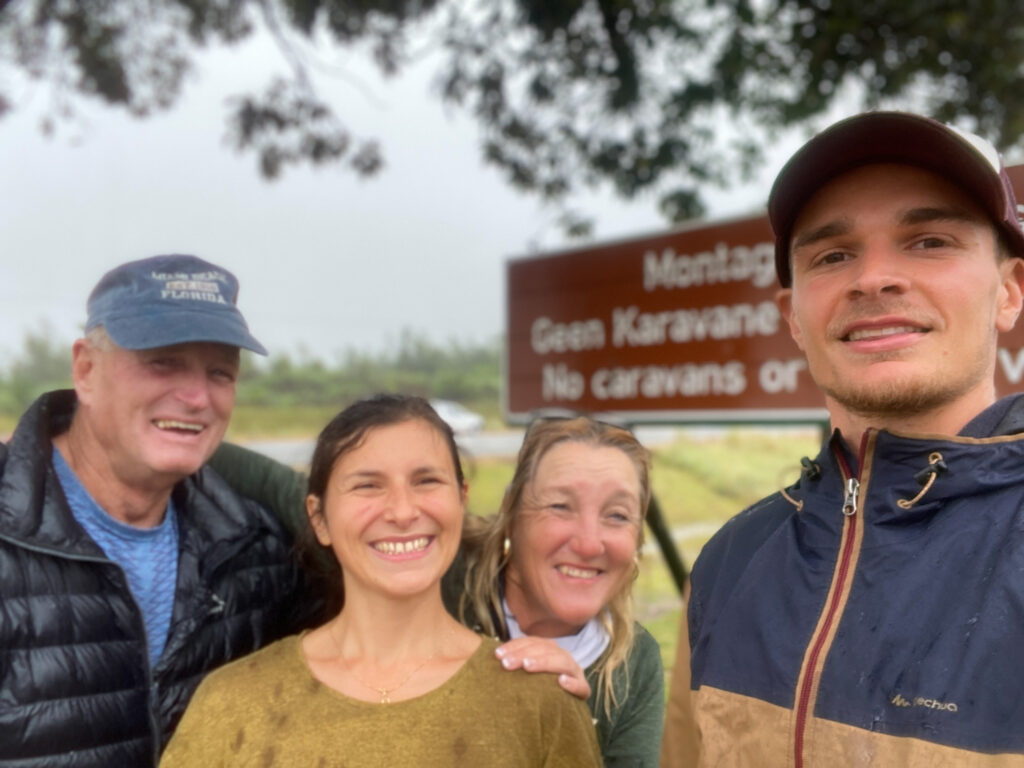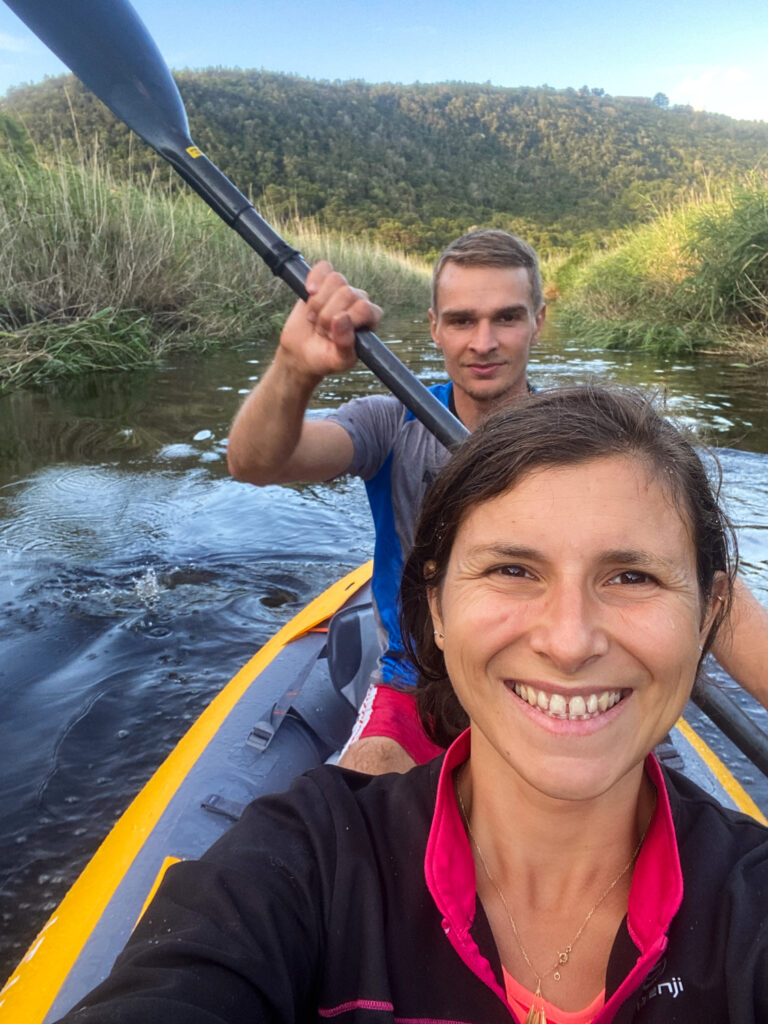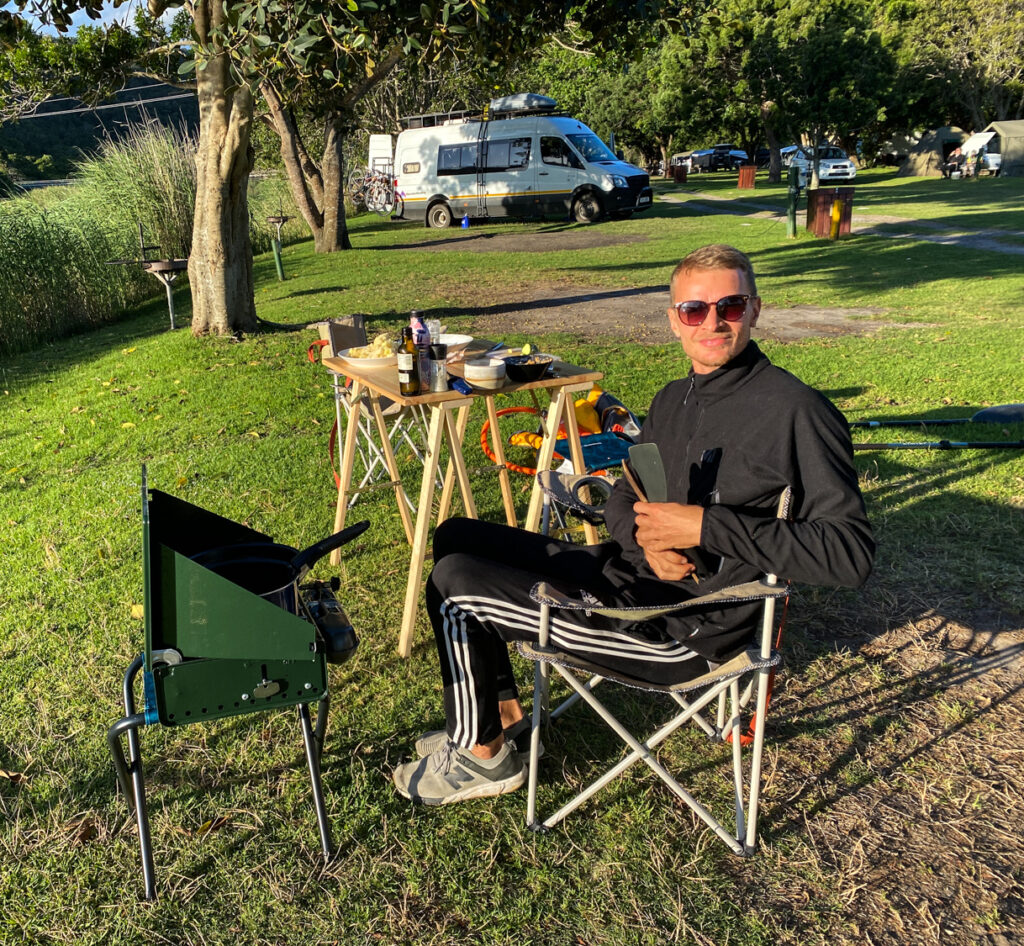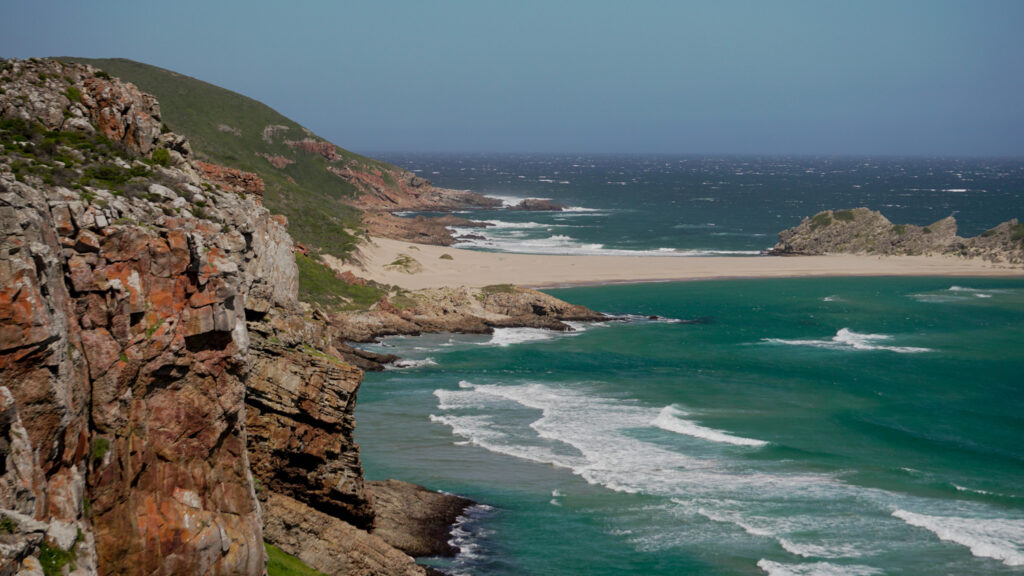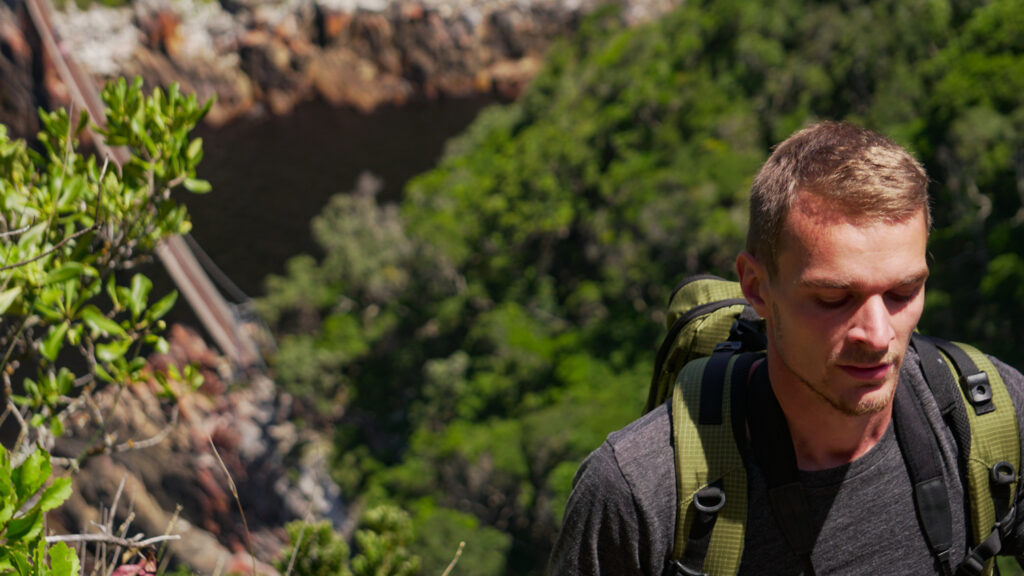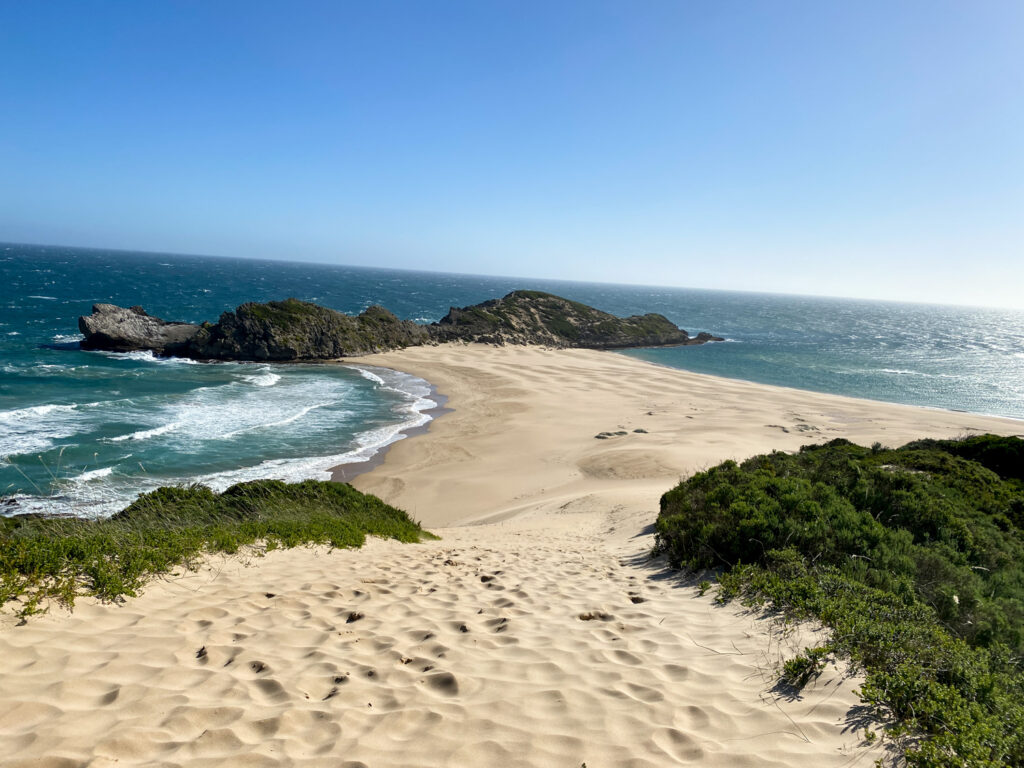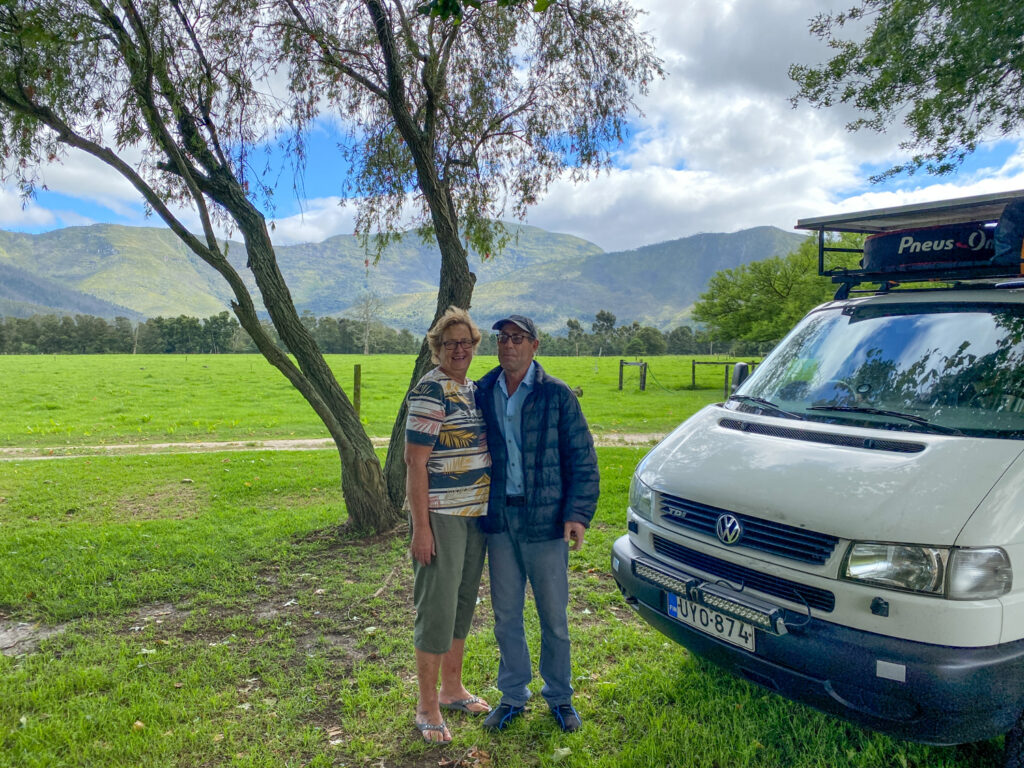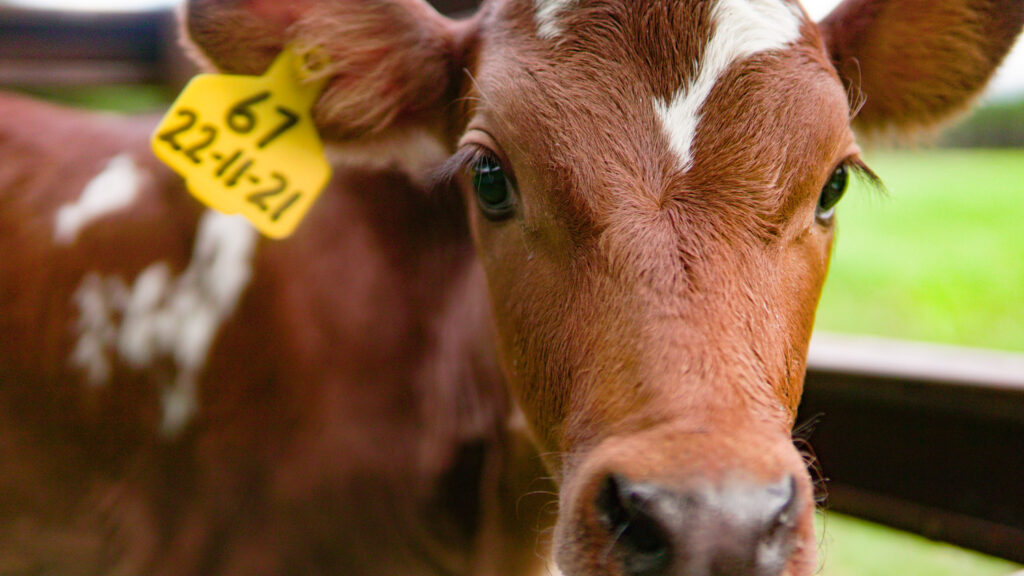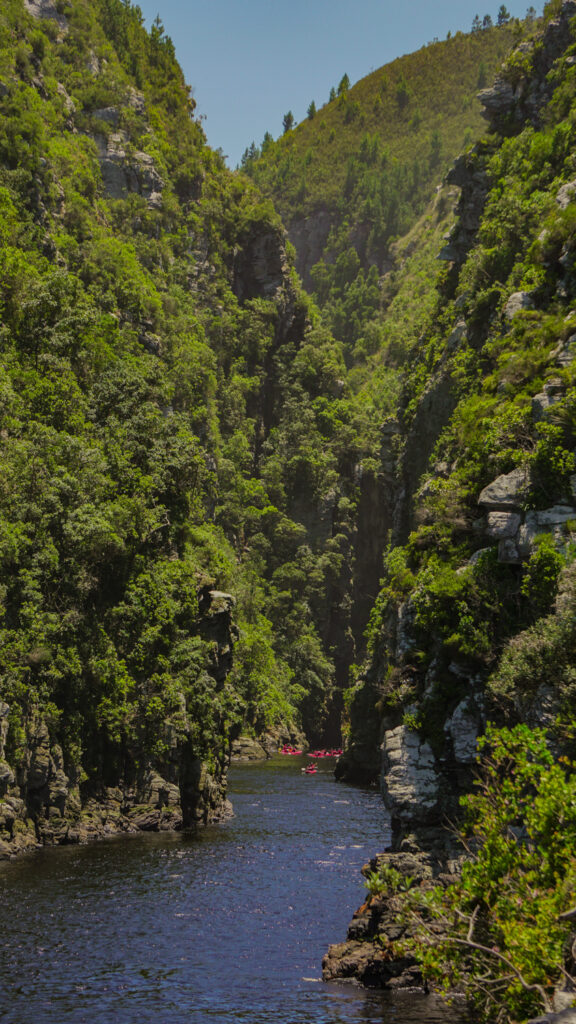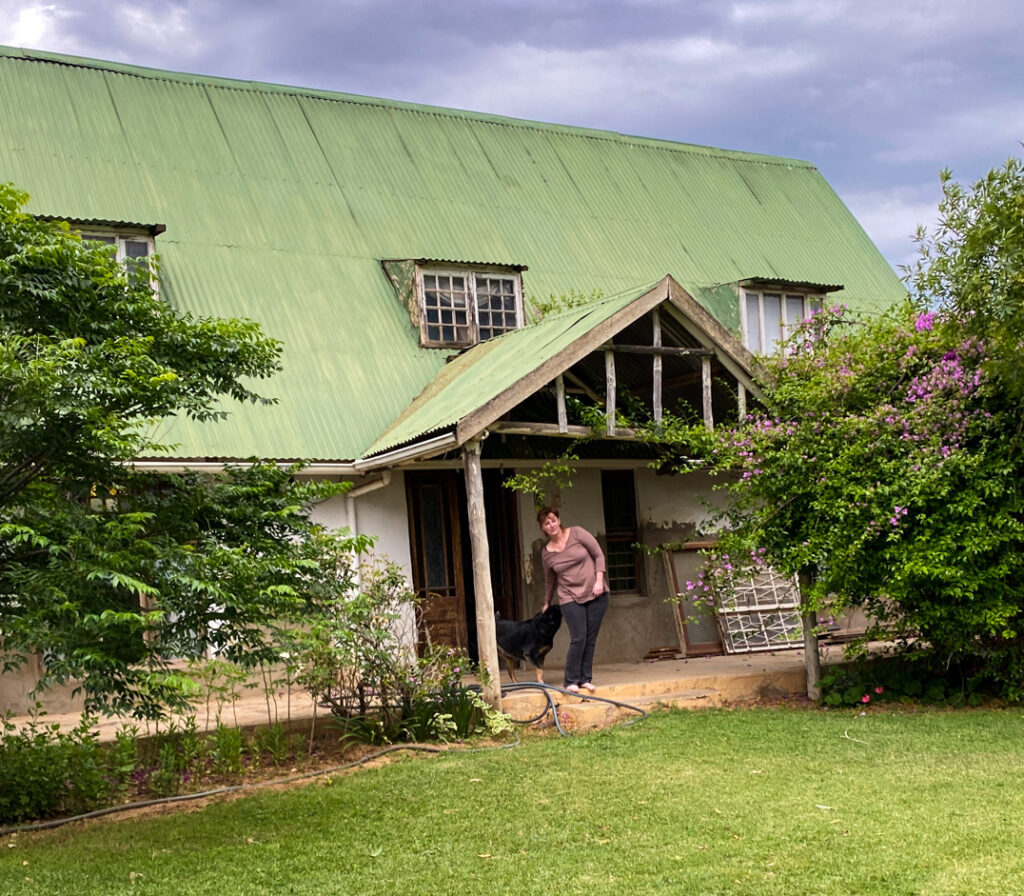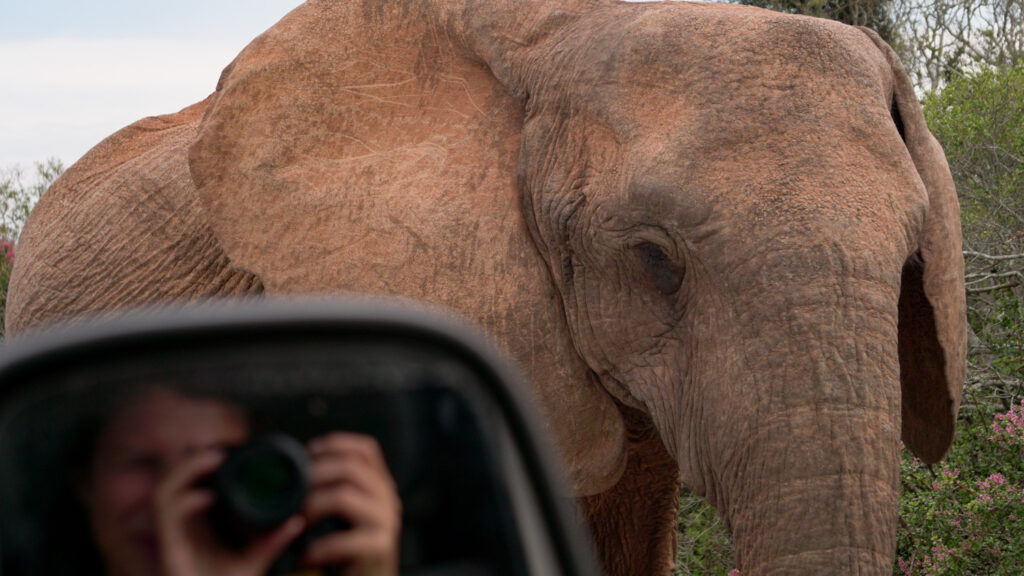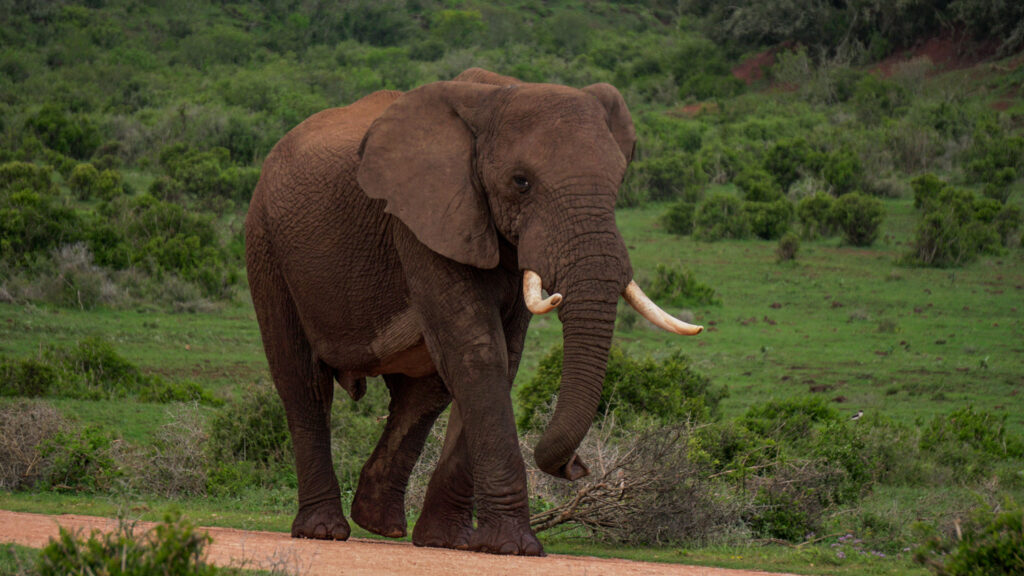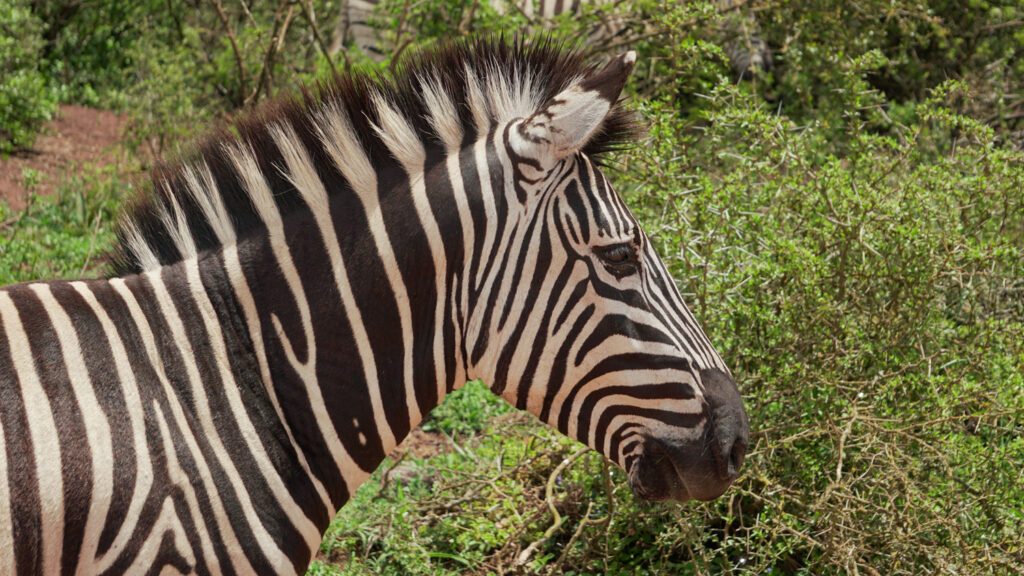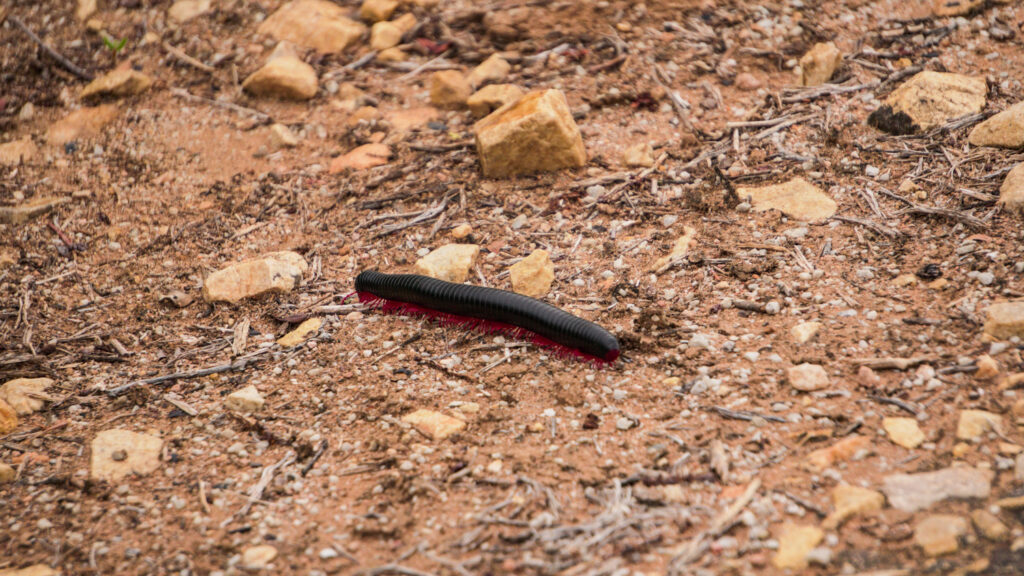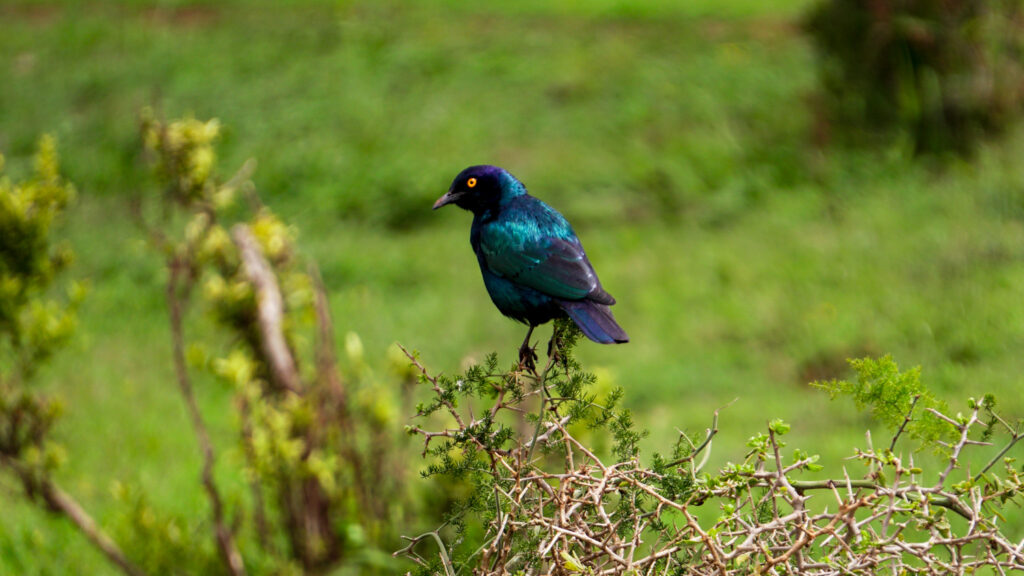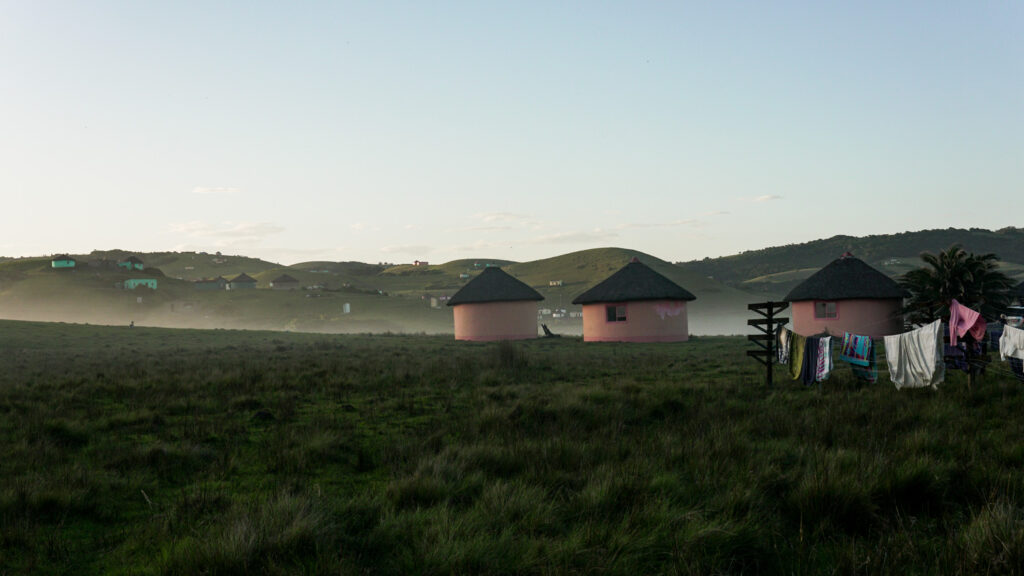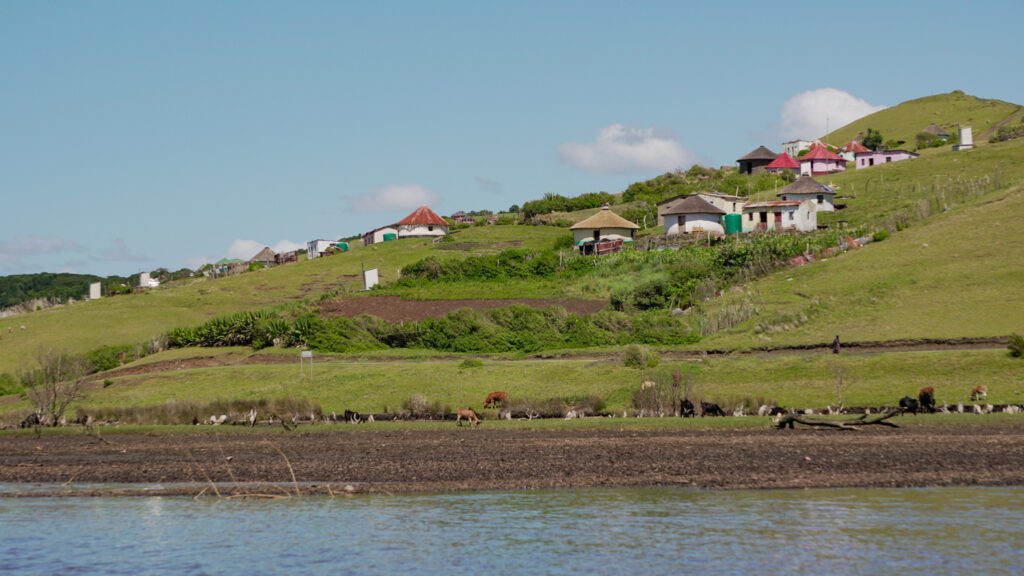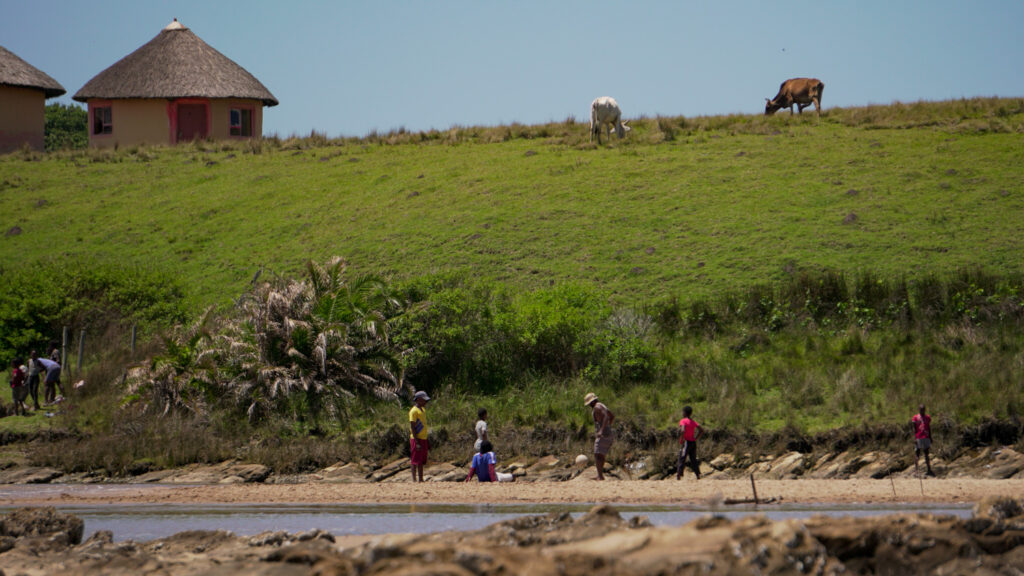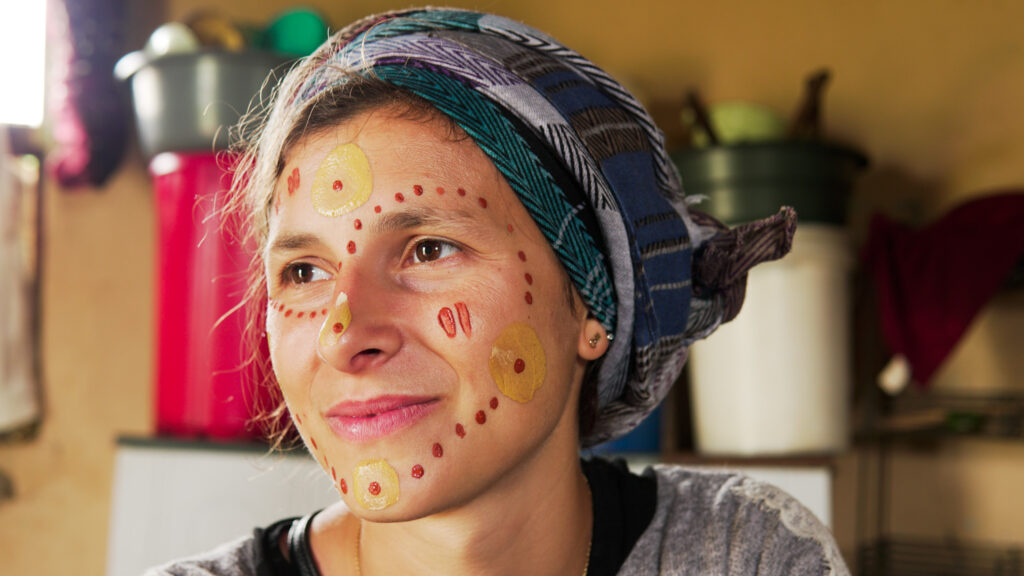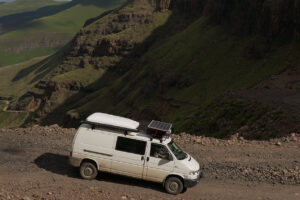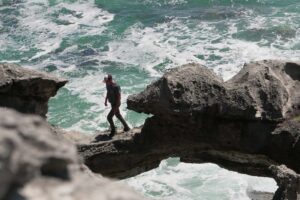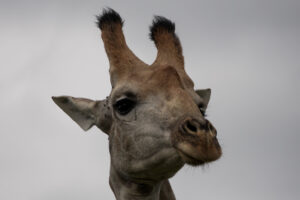“From the 20th to 30th of Novembre”
Heading to the southernmost tip of Africa
This morning, we wake up with the sun and the sound of the waves. Our first night of camping went well despite of a little stress at midnight. The police came and knocked on our window. But they turned around before we fully woke to see them. I think they just wanted to make sure we were OK.
After three weeks in the Cape Town area, we finally leave the big city to discover South Africa. We head for Cape Agulhas. The southernmost point of Africa. On the way we pass through many different landscapes. First of all, the large sand dunes along False Bay. It hosts thousands of seagulls playing in the strong wind this morning. Then we drive through a pass in the mountains to find ourselves in the middle of the vineyards a little further on. Leaving the N2 towards the tip of Africa, we are surrounded by freshly cut wheat fields as far as the eye can see.
Cape Agulhas is the meeting point of the Indian and Atlantic Oceans. The currents mix and it can be seen as a symbol of the diversity of South Africa’s population from different ethnic backgrounds as well as the landscapes of mountains, ocean, forest and desert.
Our first 4×4 experience in the Little Karoo Mountains
We leave the coast road to join the famous road 62. It is a bit like the Route 66 but in South Africa. Parallel to the national road, it is less frequented by workers and goods vehicles. It traces a long straight line between two mountain ranges. Mountains in which we found refuge to bivouac and hike in peace for 2 nights in a row.
The romance did not last long when the storm arrived. We had to drive through a flooded town, take a dangerous route through the mountains and visit the garage. To cut a long story short, our CV joint that we had replaced before we left France came loose. In the course of their repair the ABS sensor connector of the right front wheel was damaged. We had to replace it. In the end, we came out of this storm unscathed, with a van as good as new, ready to swallow the thousands of kilometres we promised it would get.
To recover from our emotions, we spend a few nights in the Wilderness National Park just by the river. We kayak, hike, watch exotic birds, and do the laundry and other daily chores.
The wonderful landscapes of the Garden Route
We return to the coast and its majestic nature reserves. We start with a stopover in the Robberg reserve. It is an outcrop of land on the ocean that reminds us of the Cape of Good Hope but in miniature. New landscapes are offered to us. We walk on a small path dotted with giant grasshoppers. Perched on the rocks to the right, baboons watch us. Below the cliff on the left, a colony of furry Cape seals is lounging.
On the other side of the peninsula, the rocks and mountains give way to dunes. The sand, swept by the strong wind at the top of the dune, whips our faces. We still enjoy the ride down the dune to the beach below.
Although it’s beautiful, the garden route area is not very safe at night. So we follow the advice of other travellers to spend the night in farms.
We spend the first night in the garden of a farming couple, Gert and Edna. They kindly gave us the key to their cottage at the bottom of the garden to use the bathroom. A little calf kept us company that night.
They live near the Storm River Reserve and its suspension bridge. This bridge allows us to cross the majestic gorges that lead to the ocean. We spend a long time watching the spectacle of albatrosses flying between the cliffs.
The next day we planned to drive through Addo Elephant, our first game park of the trip. A couple of friends on the road shared with us the contact of South Africans living 5min away from the park entrance. Raynie and Michell welcomed us with open arms. We were invited to dinner and spent many hours discussing our respective lives, the security situation in South Africa, current events, etc. We spent a comfortable night in a room in their home.
Big Five spoting in Addo Elephant Park
We get up early as we know there is a better chance of seeing animals in the early morning. After breakfast with Michell and Raynie discussing their valley, we head for the park entrance. The park is about 35km long and has about 100km of roads and tracks where we can see and observe the animals. We choose the first road and drive at a walking pace, eyes wide open in the hope of seeing something moving. After 10km we come across a group of zebras approaching our van. That’s it, the animal sighting game counter is running. We then have the chance to see many elephants, from close up to far away, big or small. On our way we meet timon and pumba (the warthog and mongoose in Lion King), buffalo, kudu, bushbuck and many birds of all colours.
At each new animal we discover, we stop for a moment (or more) to observe it from all angles.
After 4 hours in the park, the sky starts to darken. We know that the storm is not far away. It bursts suddenly with a torrential rain. It will be intense but will last less than an hour.
At 2:30 pm, after 7 hours criss-crossing the park, we decide to set off again on the road. We drove for 3 hours in the middle of the fog, following the storm which was heading in the same direction as us, the Wild Coast. Around 6pm, we decide to stop before the night and find a new farm. Bryan welcomes us in his garden for the night. In the morning, we meet his two children, 8 and 6 years old, very curious. They have a lot to tell us.
Encountering Xhosa culture on the Wild Coast
We take the road again because we know that it will be long and difficult. Indeed, the Wild Coast is known to have very poorly maintained roads. After an hour, we leave the tarred road and start our long journey on a stony track. The further we go, the more we discover small villages with round, thatched houses. We arrive in Bulugunla, a small village facing the ocean, two hours later.
The Eco lodge created in 2003 enabled this village to develop some tourism and create employment in the community, which used to live exclusively on agriculture and fishing. The lodge was designed with respect for the environment and the local population. We start by discovering this place from the river which crosses the village on board of our kayak.
Then we learn about the Xhosa culture during a tour of the village with our guide Jabu. We learn about the importance of the ancestors in their tradition. For example, the round houses are built to avoid evil spirits hiding in the corners or under the beds. So they sleep as close to the ground as possible.
We drive towards the Drakensberg, the country’s highest mountain range on the border with Lesotho.


